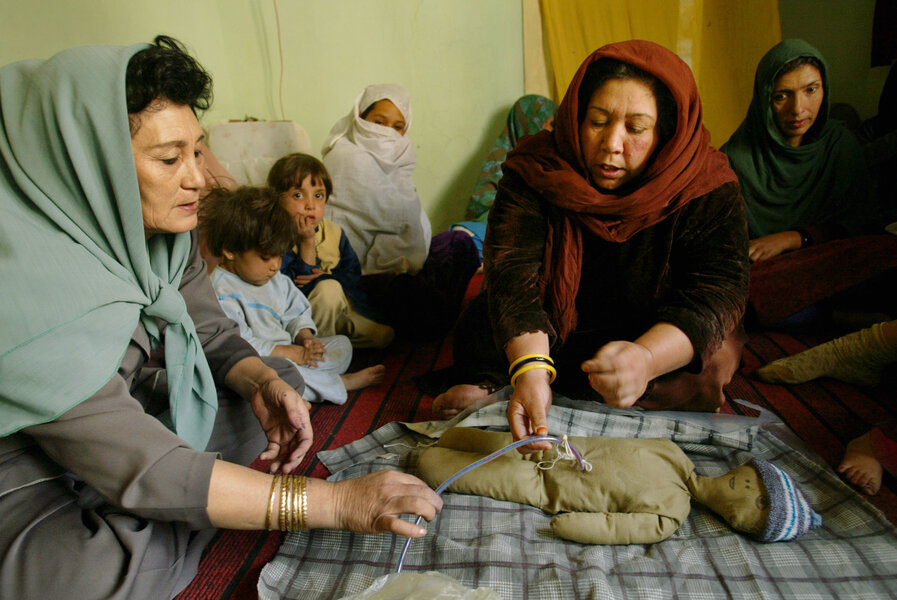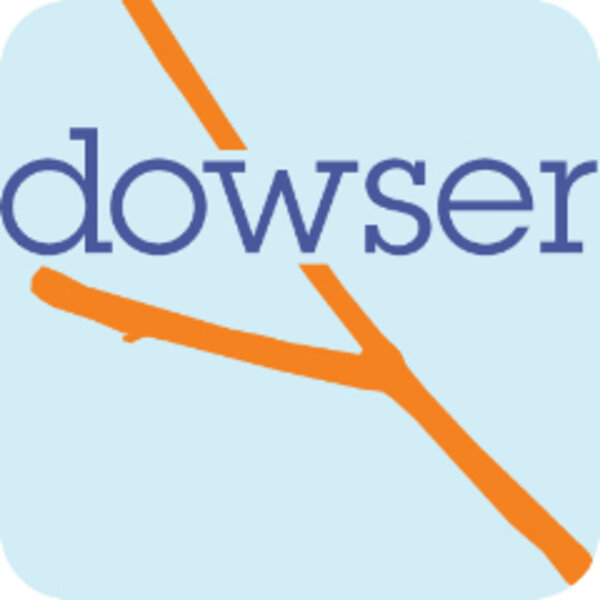Maternova brings new solutions to old problems of midwifery, maternal mortality
Loading...
One of the oldest, most respected professions in the world is midwifery. And yet, midwives working in developing countries often lack simple resources like electric lights and towels. Meg Wirth founded the web-based startup Maternova, which provides vital obstetric tools and information to midwives and maternity hospitals around the world. Founded in 2009, the mission-driven for-profit venture aims to use the data-dissemination powers of technology to reach maternity care workers most in need of resources, in order to combat one of the leading causes of death for women globally -- maternal mortality.
Dowser: What are Maternova's products and how do you bring in revenue?
Meg Wirth, founder: There are two main revenue streams. The first is the product for midwives and frontline providers. We sell things either individually or bundled – such as a 'Power Pak' – headlamps and a rotary mobile phone charger – so the midwife is able to see and also call for help. We have another more clinically-oriented pack.
The other revenue stream is the mapping tool that is basically software as a service. That’s something people like to license. It’s a data visual-mapping tool that allows a group to keep track of a set of facilities –where they are, what the quality of care is. One place we’ve done is in Mexico – where for Chiapas, we’ve done 42. The data has to come from on-the-ground organizations, so in that case it’s the Safe Motherhood Committee.
Do you follow up with health care workers to see how the products have been used?
We did a lot of testing of the products, and different bundles. We got feedback from a midwife on the border of the Congo. They evaluated the paks and provided detailed feedback in English. They noted, for example that the towel we had included for the mother to deliver on would be better utilized to 'catch' the baby and warm the baby. In many cases the nurses use their own neck scarves to wipe and catch the baby.
Then our favorite story: in Haiti, the packs have become the standard gift for midwives graduating from their programs. It helps to keep midwives safe – having light and power to call when they are working in refugee camps is really critical. It’s got the dual purpose of protecting these valuable women – trained midwives can be rare.
What led you to identify the need for the services Maternova provides?
I’m not a clinician or an OBGYN but I looked around and no one was doing this. I lived in a maternity hospital in Borneo (Indonesia) for six months, because I was working on a Safe Motherhood project and that’s where they felt was the safest place for me to live. It’s a heavily Muslim area and a single woman living alone would be seen as very strange and dangerous. So that was quite an immersion experience. I have a degree in International Development and I’ve worked in global public health for the past 20 years. Recently I worked for a social venture capital fund, Commons Capital, looking at the role of innovation in global health.
How do you distribute the product? How do you reach midwives and maternity hospitals?
We sell them through multiple distribution channels. One is directly to countries through organizations or governments. We also sell to groups in the U.S. or Canada that work overseas – we call those the globetrotting clinicians, the more everyday Paul Farmers of the world, and there are quite a few of them. And those are the people who are spreading skills, technologies, and new ideas. It’s a very common practice for people to stuff their bags with medical supplies so we’re formalizing that practice and bundling some key obstetric products together.
How much does a pak cost, and what about using the data map?
The ‘power pak’ is $20 – but if you buy in large volume the cost goes down.
The map service is a customized formula. It depends on where you are – if it’s a U.S. based group or in Sierra Leone, there’s a different price. It depends on how many indicators are being tracked, number of points on the map, number of users on the map. It’s a sliding scale, based on location.
Is it complicated to manage an international network of staff and clients?
[We have] about 30 people that work on contract one way or another, but they’re not employees.
My admin assistant is in the Philippines. It’s kind of neat. We use translators because often you’re getting somebody who’s from another country, located there, and it’s kind of empowering to have a truly global staff.
Interview has been edited and condensed.






